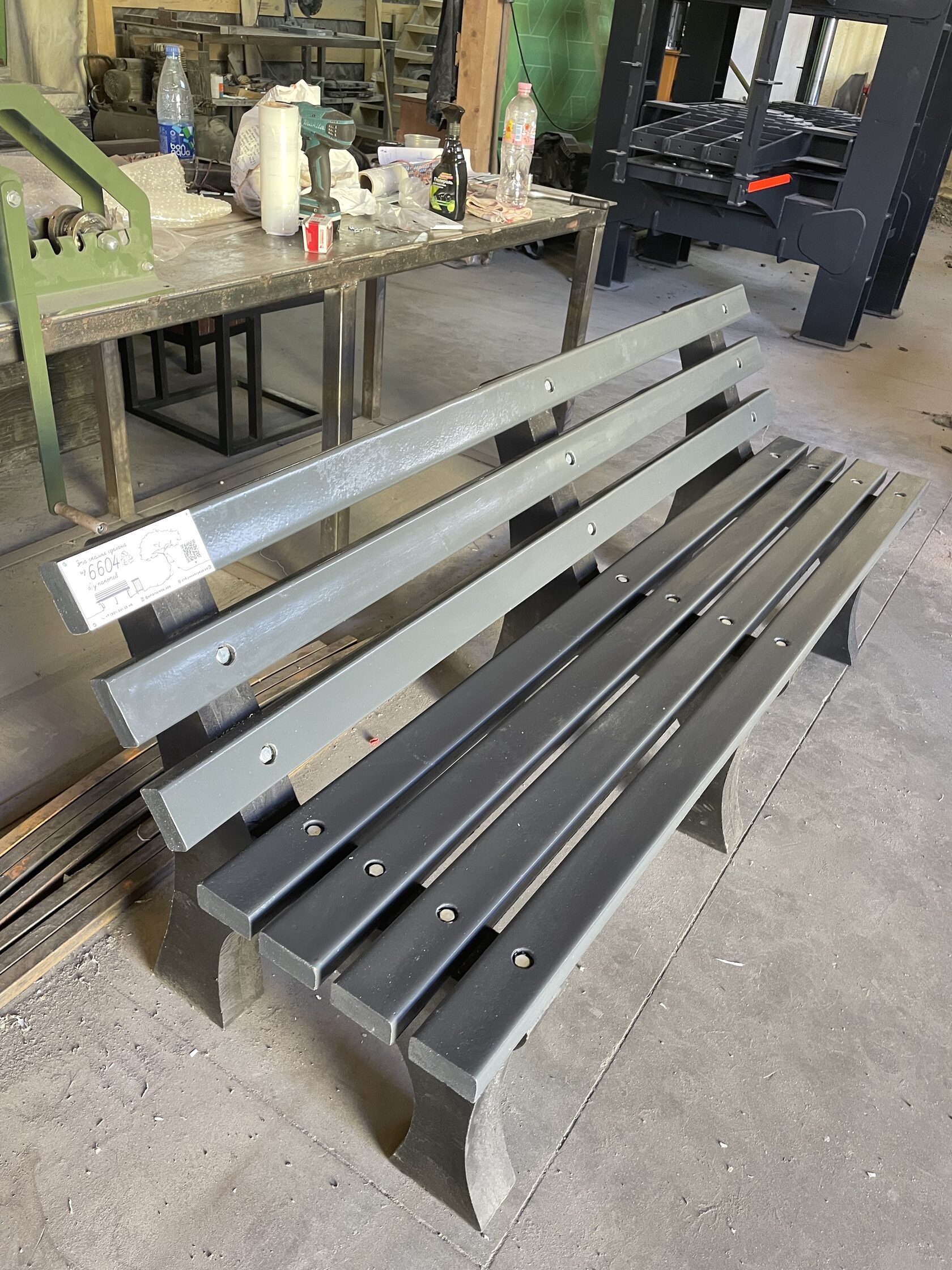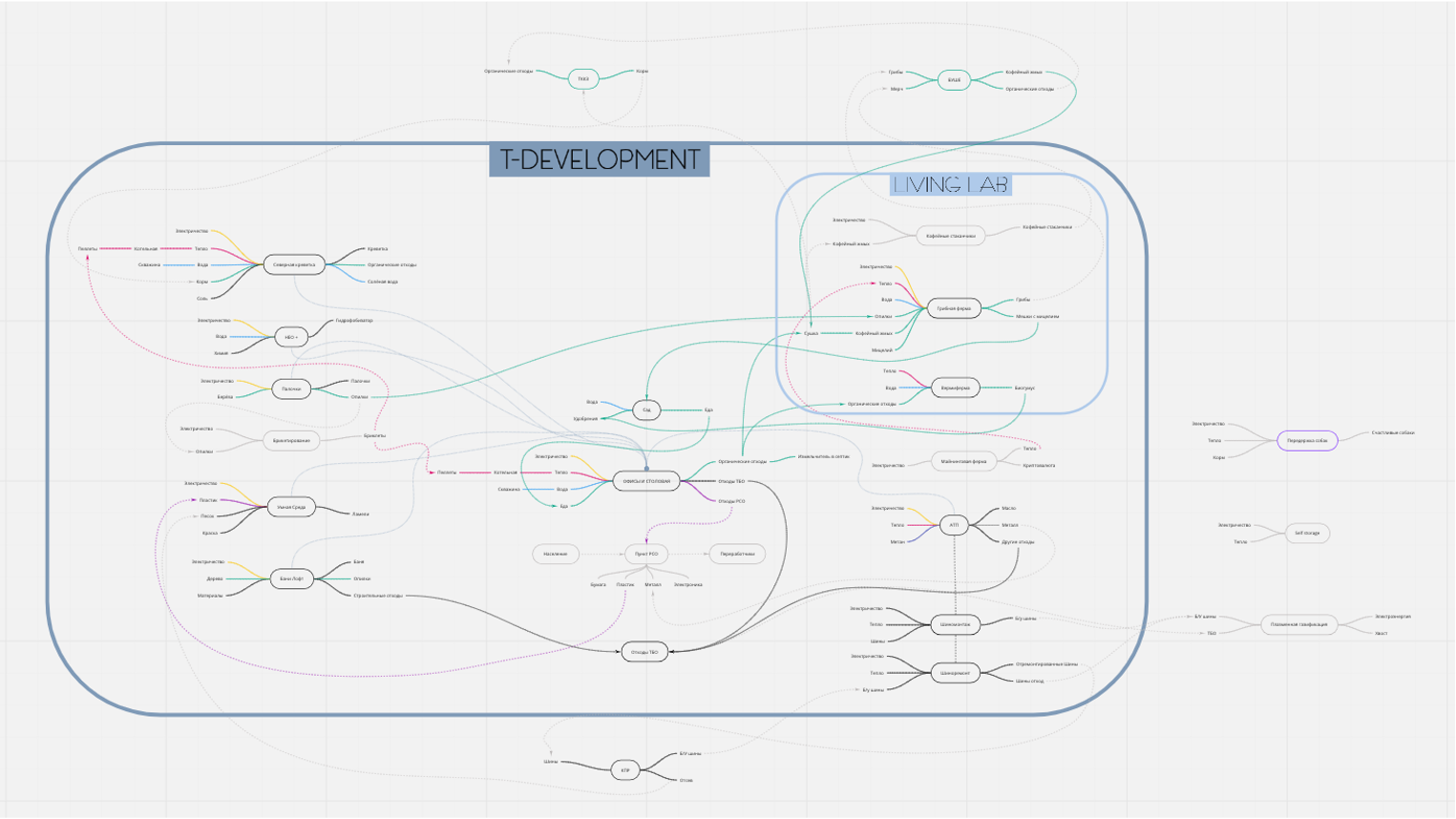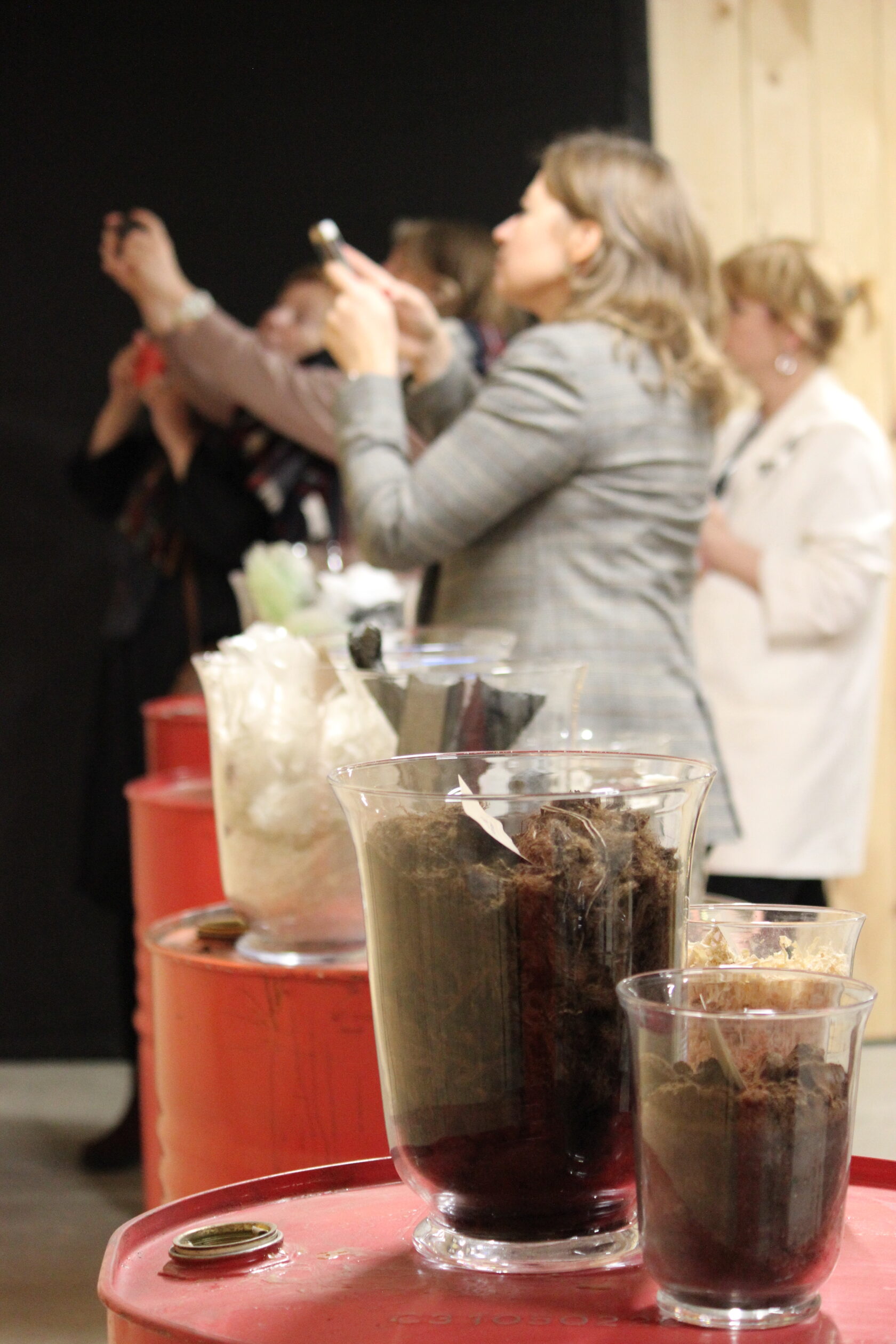Within the BIS project the company creates business opportunities and searches for interested companies. Such a fairly common and proven tool as the Living Lab has become the basis for the implementation of the industrial symbiosis concept in Russia. There were 15 business structures identified who want to take part in the industrial symbiosis project. Screenings of companies resources were organized, the result of which was a series of matchmaking events held in the Living Lab. Partnership agreements were concluded with business structures of St. Petersburg and the Leningrad Region, including: Bushe, BIOCAD, 99recycle, Umnaya Sreda, ITMO University, DANONE and others.
We should note that during the project, the Living Lab has become not only the main platform for businesses cooperation, research and accumulation of resources, but also a place for conferences and discussions aimed at popularizing the concept of industrial symbiosis and reasonable consumption.
Project lead from Tyreman, Marketing Director Evdokia Lomagina notes that the main feature of the Living Lab for Industrial Symbiosis is a practical approach. It was important for Tyreman not only to study the concept of symbiosis from a theoretical point of view, but also to implement it with the achievement of a specific practical results - a new product.
So, during the project lifetime several chains were identified and tested in the Living Lab. For example, there were tests of coffee grounds usage formed in cities coffee shops to create fuel coffee briquettes. A partnership agreement was concluded with Ruf, a company specializing in the production of fuel briquettes. Currently, research is underway to develop the final version of the briquette. Replacing wood briquettes with environmentally friendly and economically more profitable ones would be interesting to companies as part of the implementation of industrial symbiosis.
The second solution for the used coffee grounds is the creation of reusable coffee cups. The features of the chemical composition and texture of the coffee grounds make it possible to convert it into a plastic-like material, when properly combined with a biodegradable coagulant. As a result of research, developers see the creation of an exclusive product from secondary material that will attract attention and popularize the idea of sustainable development.

In addition, there is research underway on the use of organic waste in mixed feed. Currently, the project partner, Tosnensky Mixed Feed Factory, is testing the organic waste from the Bushe chain, as well as the secondary resource of the meat processing plant - animal blood as a resource for the production of mixed feed.
As part of the Living Lab activities, there are tests of the worm composting technology and the creation of a useful biohumus based on the resources of partner companies: coffee grounds, peat and other organic waste.
During the identification of potential symbiotic chains, it was possible to find the use of the Karelprirodresurs secondary resource (crushed stone), it can be used as a resource by Smart Environment, which used sand and plastic in its production. Researchers tried to replace sand with crushed stone and the result fully met expectations.

Textile tire covers that have accumulated in Tyreman warehouses have also found their use. A team of 99recycle designers was able to make interior cushions filled with secondary textiles from them.
Today, in addition to the technical assessment of secondary resources, the Living Lab is also evaluating the cost-effectiveness of creating new chains. Project partners, including the Tyreman group, have developed Green business models for their regions. Their main essence is to evaluate ideas on the effective use of a secondary resource for creating a startup, a new production in the region. Tyreman chose the used coffee ground form Bushe chain as a resource for the Green Business Model. Currently, the Lab is conducting research on the use of this resource together with waste from the sushi sticks production - birch sawdust - as a substrate for growing oyster mushrooms.

Also, within the project, a development concept was created for the eco-industrial park of Clean Technologies, where the Living Lab is located, including a map of resources inside the park. Also, one of the vectors of project development in the future will be training company managers to implement industrial symbiosis concept.

Within the framework of the Industrial Symbiosis project, an educational direction is actively developing, where businesses talk about environmental initiatives already implemented, exchange ideas, and find options for joint integrations. The Living Lab also became a key platform for such events.
In May 2021, Peer-to-peer learning was held on the basis of the laboratory: an event in which the participating enterprises of the Baltic Industrial Symbiosis exchanged experience and discussed possible ways to develop the project.

And in June-August, educational trainings were held for industrial symbiosis managers from the St. Petersburg Cleantech Cluster and Linkoping University. The Living Lab is of great interest to the business community. So, in March 2021, as part of the Road Show, Tyreman, together with the SC Mineral, organized a large excursion to the Living Lab for guests of the event, where it shared the results of industrial symbiosis and ways of using secondary resources. In June 2021, Evdokia Lomagina presented the Baltic Industrial Symbiosis project and Living Lab at the St. Petersburg International Economic Forum, and in September 2021 the Tyreman team took part with the BIS project in the Clean Shore campaign.

Past events are examples of a series of activities aimed at promoting the idea of sustainable development among the region.
The company plans to attract new business structures, find effective forms of cooperation and develop new activities within the Living Lab.

